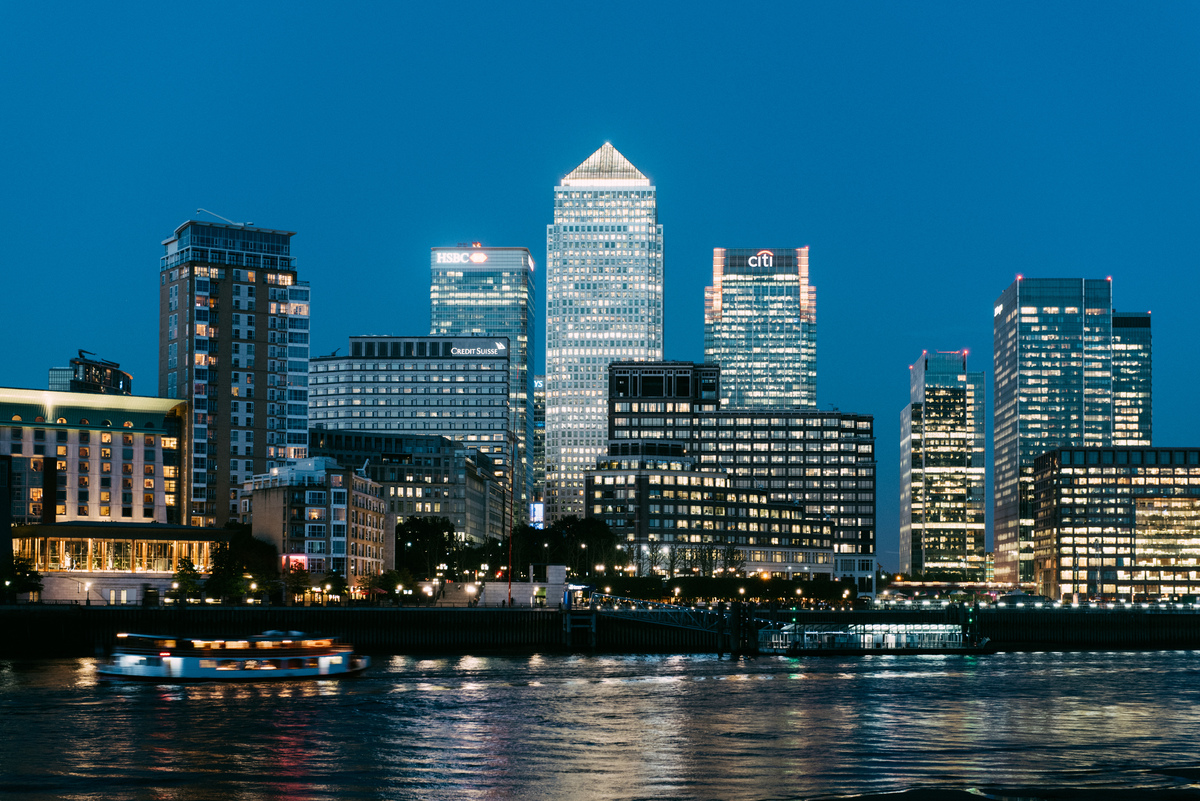EE switches on 'UK's first' 5G trial network at Canary Wharf
EE gears up for 2019 5G launch

EE has switched on the UK’s first 5G trial network in London’s Canary Wharf as it gears up for a full commercial launch in 2019.
The BT-owned operator is using Huawei equipment and the 3.4GHz spectrum it won in the Ofcom auction earlier this year to see how the technology behaves in a real-life setting.
Specifically, the network covers Montgomery Square, which is visited by up to 150,000 people every day. This concentration of high-volume data users is one of the reasons it was selected by EE, but just as important is the fact it is a relatively ‘clean’ site that is easier to deploy network equipment.
EE 5G network
“Building a 5G site is much more difficult than 4G because it involves new antennas and new backhaul,” Tom Bennett, director of network services and devices at EE, explained to Tech Radar Pro, adding that with 4G it could simply reuse 2G antennas.
“It’s possible to predict 5G coverage but there’s nothing like going out and actually testing and we’ll be able to provide educated assessments to the commercial teams.”
The test is also the first in the UK to use a consumer premises equipment (CPE) device, which allows users to make and receive voice and video calls, but it is in the engineering tests in which EE expects to find the most useful performance data.
The site is connected to a lab core network, which is a replica of EE’s commercial core network, and will link to other test sites that will go live later in the year in other parts of the capital, including London’s Tech City in Shoreditch. Using the lab network means it is separate from the rest of EE’s infrastructure and doesn’t impact its existing 4G service.
Are you a pro? Subscribe to our newsletter
Sign up to the TechRadar Pro newsletter to get all the top news, opinion, features and guidance your business needs to succeed!
The first smartphones are expected to arrive in the EE lab over the next few weeks, giving greater insight into what customers can expect with 5G. The CPE currently used is essential a white box that creates a Wi-Fi network and the antenna can be as large as it needs to be. Obviously, this is not the case with a more compact smartphone.
“The form factor of a smartphone presents a significant number of challenges such as battery life,” adds Bennett.
Future plans
In Shoreditch, EE faces a more complex deployment as the area isn’t as “clean” as Canary Wharf, where EE has been working with the Canary Wharf Group, and it will have to work on the full business process, dealing with partners and landlords as well as the challenges of building a 5G site.
Rival O2 is planning a number of 5G trials, including at the O2 arena, while Vodafone plans tests in seven UK cities. EE won’t commit to a commercial launch date other than ‘2019’, but it has already refarmed some 3G spectrum for 4G use to lay the foundations for a 5G rollout.
It is expected that 5G networks will deliver ultrafast speeds of up to 1Gbps, superior capacity and, eventually, ultra-low latency. However the latency promise is reliant on operators re-architecting their infrastructure with Software Defined Networking (SDN) and edge computing technologies to allow data processing to take place closer to the point of collection.
- Here are the best EE phone deals for October 2018
Steve McCaskill is TechRadar Pro's resident mobile industry expert, covering all aspects of the UK and global news, from operators to service providers and everything in between. He is a former editor of Silicon UK and journalist with over a decade's experience in the technology industry, writing about technology, in particular, telecoms, mobile and sports tech, sports, video games and media.